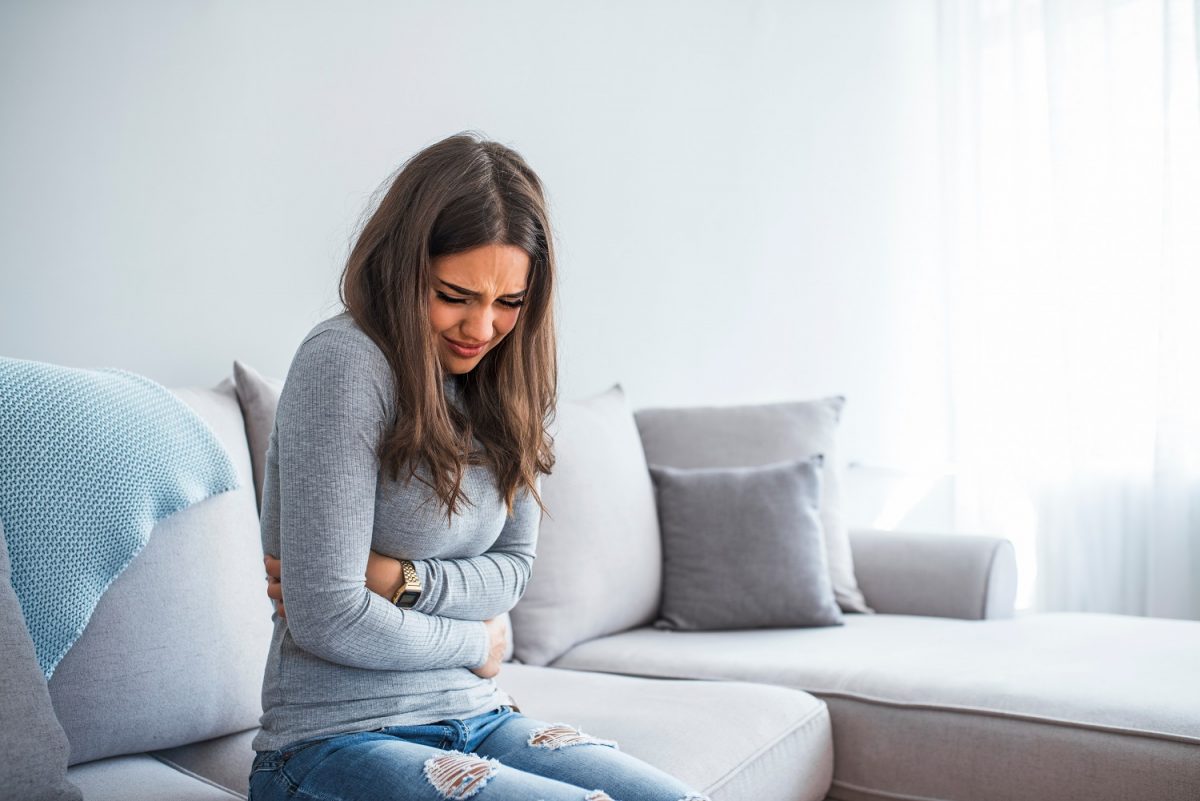Menstrual Pain:
Menstruation, commonly known as menstruation or periods, is a process that occurs in a woman's body as part of the reproductive system. Menstruation begins in all women between the ages of 12-14 and continues until 40-55 years old, which is known as menopausal age. The menstrual cycle consists of several phases involving changes in the ovaries, such as egg production, and other changes in the uterus lining. During menstruation, women experience hormonal changes that affect their mental and physical well-being. Some women may suffer significantly from menstrual pain, which can hinder their daily lives.
Understanding menstruation and the changes that occur during it is essential for managing challenges that may arise during this time.
Menstrual pain, also known as dysmenorrhea, manifests as throbbing and cramping pain in the lower abdomen, lower back, nausea, headache, and diarrhea. These symptoms preceding menstruation differ from those associated with premenstrual syndrome (PMS).
Causes of menstrual pain:
There are two types of menstrual pain: primary and secondary.
Primary dysmenorrhea: This is the most common type, not caused by any other condition but by changes in the menstrual cycle itself. During menstruation, large amounts of prostaglandins are produced, causing contractions and relaxation of the uterine muscle. The pain usually starts a day or two before menstruation and lasts for several days, although it may persist longer in some women. Pain may decrease with age and may also diminish after childbirth.
Secondary dysmenorrhea:
Secondary dysmenorrhea usually begins later in life and may result from another condition affecting the uterus or reproductive organs, such as uterine fibroids, diseases affecting the uterine lining, certain infections, or polycystic ovary syndrome (PCOS). This pain typically starts before menstruation and continues after menstruation.
Here is the translation of the text into English:
Factors that make you more likely to experience menstrual cramps:
Any girl who has her period can experience cramps, but it's more likely that some girls will experience cramps and pain more than others. These factors include:
1- Younger girls when they first start their periods.
2- Having longer or heavier periods.
3- A family history of menstrual pain.
4- Smoking.
But what are the symptoms of dysmenorrhea:
The pain of dysmenorrhea is not hidden from many women, but it is usually not serious. It can cause moderate to severe cramps, which you may feel in the lower abdomen or back, at the hips or thighs. It can also cause nausea, vomiting, and headaches. The pain may start before or after the menstrual period begins and can last for several days. It may be mild and bearable, but for some women, it can be severe, hindering their daily lives. Many women do not need to see a doctor for menstrual pain, but you should see a doctor if nonsteroidal anti-inflammatory drugs and self-care measures are not effective. Also, if the pain is very severe and interferes with your life, if the pain is changing (unusual), if there is a fever during menstruation, if there is pain outside of menstruation, you should see a doctor to rule out possible causes of this pain.
Diagnosing dysmenorrhea:
The doctor may want to perform several procedures such as physical examination, pelvic and abdominal ultrasound (sonography), or abdominal endoscopy to check for conditions such as uterine lining inflammation. The doctor will work to rule out the cause of the disease."

